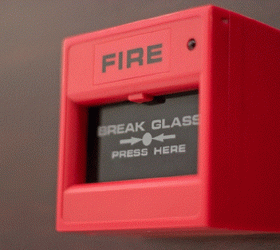Are you confused about the types of life insurance policies? With so many on offer, it can be hard to see which is the most beneficial. With such a huge financial outlay and responsibility, you need to get it correct.
The type you choose depends upon your situation and what you want from it. Below, we discuss the different types of life insurance available.
Term Life and Permanent Life
There are two main types of life insurance policies. These are known as term life and permanent life insurance.
Term life insurance payments are purchased for a specific length of time. This can usually be between 10 to 30 years. They do not have any cash value, and they will expire at the end of the term.
Permanent life insurance is exactly what it says, and runs for the whole length of your lifetime (though some are offered to the age of 65). They are a little more complex than term life and have a number of options available.
Whole and Universal
Whole and universal are two types of permanent life insurance. Whole life insurance accumulates cash value as you keep paying the premiums. If you surrender the policy, this is very often given back to you.
Universal life insurance allows a range of investment options. You have more scope for managing the money you put in, and you can decide upon how you wish to invest, even being able to borrow from your policy.
Cash Value Life Insurance
Cash-value life insurance is a term used to denote the number of policies that are permanent insurance, which pays tax-deferred interest to the policyholder. This is in contrast to term life insurance, which does not accumulate cash value.
Cash-value life insurance premiums split into two sections, the first of which is the death benefit. The rest of the premium is put towards a built-in savings scheme. There are many companies that offer cash value insurance policies such as Paradigm Life.
Choosing the Right Type of Life Insurance
The first step you need to take when you choose your life insurance is to work out how much you can put aside per month, and work out how much life insurance payout you would need. After this, the whole process depends upon your individual needs and wishes.
Once you have worked out how much you can afford to spend monthly or annually on a life insurance policy, work out how much coverage you would require. Begin by totaling up your yearly expenditure. Include all bills, mortgage payments, and payouts for loans.
Multiply the annual amount by the number of years you want loved ones covered for if you pass away. You can then add to this any other options you may want to cover, such as outstanding debts, mortgages, and college fees. If they would want to stop working for a year or two add their income to the amount, and you will have the coverage you need.
Finding Good Insurance
Speak with a financial advisor about the type of life insurance that will be best for you. They will have a grasp of specific policies and may be able to point you in the right direction.
If you enjoyed our helpful article, visit the rest of our blog. We have assistance on everything from money management to business. Visit us today and let us help secure your finances in the coming year!




